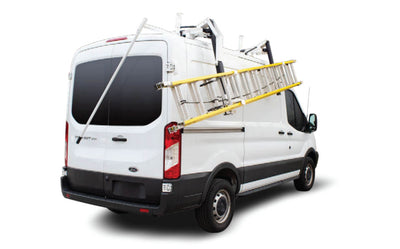
What's the Difference Between SAE CLASS 1, SAE CLASS 2 and SAE CLASS 3 in Warning Lights?
Not all warning lights are made the same. They vary in shape, colour, and light intensity.
To help organize them, the Society of Automotive Engineers (SAE) created a standardized classification system. This system categorizes warning lights into three different classes: SAE Class 1, SAE Class 2, and SAE Class 3.
In this blog, we’ll explain each of these classes so you can feel more confident when purchasing warning lights for your vehicle.
What is SAE?
SAE Class is calculated using the SI unit of measurement, Candela. Candela (cd) measures the visible intensity from a light source.
The SAE uses candela as opposed to other measurements because of its ability to measure the visibility of light over extended distances. Using another unit like lumens would be ineffective since it measures the total area illuminated by the light rather than the distance from where the light can be seen. When you’re relying on your vehicle’s warning lights to alert oncoming traffic of a potential danger or hazard, this makes the world of difference.
SAE Class 1
SAE Class 1 warning lights are the brightest of the three, with about 4 times the light intensity of class 2 and 10 times more intensity than class 3. They’re most often used for emergency vehicles like firetrucks, ambulances and police cruisers.
Our Fleet Plus Series high profile LED Beacons are one of the SAE class 1 products we offer.
SAE Class 2
SAE Class 2 warning lights are frequently used in utility and services vehicles, which are moving at or below the speed of traffic. Warning lights in this class are approximately 2.5 times more intense than a class 3 warning light.
Our Fleet Series low profile LED Beacons are an example of a class 2 product.
SAE Class 3
The final class of warning lights demonstrates the lowest light intensity and as a result are frequently used inside buildings where there is little to no sunlight.
You can find this class of warning lights on forklifts, specialized machinery or other industrial trucks used in warehouses where the traffic isn’t high, but employees need to be made aware of their presence.
Class 3 warning lights have about 40% of the minimum intensity of class 2 warning lights.
***
To shop for warning lights click here!


